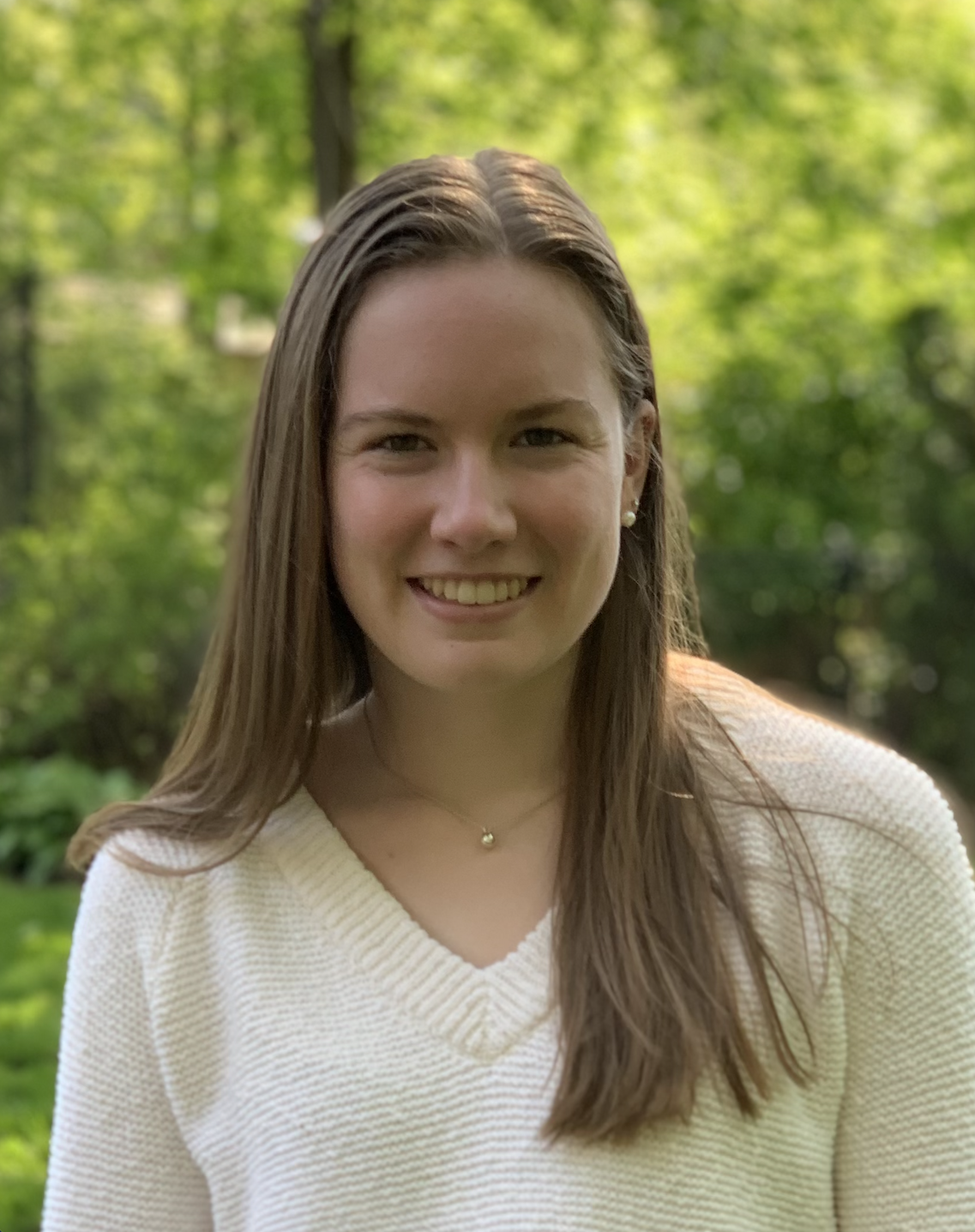Biomechanics
(D-122) Effects of Ultrasound on RNA Expression of Growth Factors in Endothelial Cells

Kelsey Boyle
Undergraduate Researcher
Bucknell University
Glen Rock, New Jersey, United States- EO
Enzo Ottaviani
Undergraduate Researcher
Bucknell University, United States - OB
Olivia Boerman
Assistant Professor
Bucknell University
Lewisburg, Pennsylvania, United States
Presenting Author(s)
Co-Author(s)
Primary Investigator(s)
The purpose of this study was to understand if ultrasound promotes angiogenesis through the increase in growth factor RNA expression using reverse transcription-polymerase chain reaction (RT-PCR). Every year, 500,000 people are treated for venous ulcers, a type of chronic wound1. These wounds take 6 to 12 months to heal, causing other health problems and possible death2. The current treatment options can not accurately heal a venous leg ulcer as 20% of patients do not heal within 24 months, and some ulcers are resistant to treatment2.
Low-intensity, low-frequency ultrasound has shown increased promise in treating these wounds. Ultrasound has been hypothesized to induce angiogenesis, the process of making new blood vessels, by encouraging the growth and migration of endothelial cells to the wound2. Endothelial cells form the lining of blood vessels and allow for tissue regrowth and repair3. A study conducted in 2012 exposed 20 subjects with chronic wounds to either 20 or 100kHz ultrasound for 15 to 45 minutes per treatment, for four treatments. All five subjects exposed to 20kHz for 15 minutes were fully healed by the fourth treatment session1. Ultrasound has shown promising clinical effects. The goal of this study was to determine the effect of ultrasound on the RNA expression of Vascular Endothelial Growth Factor-A (VEGFA) and Fibroblast Growth Factor-2 (FGF2), two key growth factors in the promotion of angiogenesis, using RT-PCR.
Materials and Methods::
80,000 human umbilical vein endothelial cells (HUVEC) were seeded and exposed to ultrasound intensities of 50 mW/cm2, 100 mW/cm2, and 150 mW/cm2 for 15 minutes (n=3). Cells were collected and lysed 48 hours after exposure.
RNA was extracted using a Qiagen RNeasy Micro Kit following manufacturer’s instructions and RNA was quantified using a Nanodrop to determine the concentration of RNA. RNA was synthesized using ThermoFisher’s High-Capacity RNA-to-cDNA kit.
Two microliters of cDNA were added to an 18 µL solution, consisting of TaqMan Fast Advanced Master Mix, the TaqMan assay being investigated, and nuclease-free water. VEGFA and FGF2 TaqMan gene expression assays were used as genes of interest and GAPDH was used as an exogenous control.
The samples were loaded into a QuantStudio3 PCR machine and ran on the Comparative CT-TaqMan setting. The data was exported and analyzed using the delta-delta CT method. The data was plotted to show the intensity of ultrasound vs. fold change for each group of samples. 1-way ANOVA was performed to determine statistical significance and a p-value of less than 0.05 was considered to be significant.
Results, Conclusions, and Discussions::
Using the delta-delta CT analysis method, the average fold change of VEGFA and FGF2 expression for each ultrasound intensity was calculated by comparing the gene of interest with the control gene. The average fold change for VEGFA started at 2.01 for 50 mW/cm2, decreased to 1.91 for 100 mW/cm2, and decreased further to 1.68 for 150 mW/cm2 (Figure 1A and 1B). The average fold change for FGF2 was greatest at 50 mW/cm2, with a fold change of 1.54. This fold change decreased to 1.06 for 100 mW/cm2 and then increased to 1.29 for 150 mW/cm2 (Figure 1C and 1D).
These results, although not significant, may suggest that increasing ultrasound intensity decreases the RNA expression of VEGFA in endothelial cells. In this study, FGF2 did not demonstrate a strong dose-dependent trend. However, both genes showed the highest expression at 50 mW/cm2. From this, we can appreciate that ultrasound does affect gene expression in VEGFA and FGF2 in human umbilical vein endothelial cells.
This study has shown that VEGFA and FGF2 gene expression is affected by low-intensity, low-frequency ultrasound. These genes are involved in angiogenesis, which further supports that ultrasound may advance healing through the modulation of gene expression. The mechanism behind chronic wound healing using ultrasound needs to be further investigated, but gene expression of pro-angiogenic growth factors is shown to be involved.
Acknowledgements (Optional): :
References (Optional): :
[1] Samuels, J. A., Weingarten, M. S., Margolis, D. J., Zubkov, L., Sunny, Y., Bawiec, C. R., Conover, D., & Lewin, P. A. (2013). Low-frequency (< 100 khz), low-intensity (< 100 MW/cm2) ultrasound to treat venous ulcers: A human study and in vitro experiments. The Journal of the Acoustical Society of America, 134(2), 1541–1547. https://doi.org/10.1121/1.4812875
[2] Aleksandrowicz, H., Owczarczyk-Saczonek, A., & Placek, W. (2021). Venous leg ulcers: Advanced Therapies and New Technologies. Biomedicines, 9(11), 1569. https://doi.org/10.3390/biomedicines9111569
[3] Alberts B, Johnson A, Lewis J, et al. Molecular Biology of the Cell. 4th edition. New York: Garland Science; 2002. Blood Vessels and Endothelial Cells. Available from: https://www.ncbi.nlm.nih.gov/books/NBK26848/
